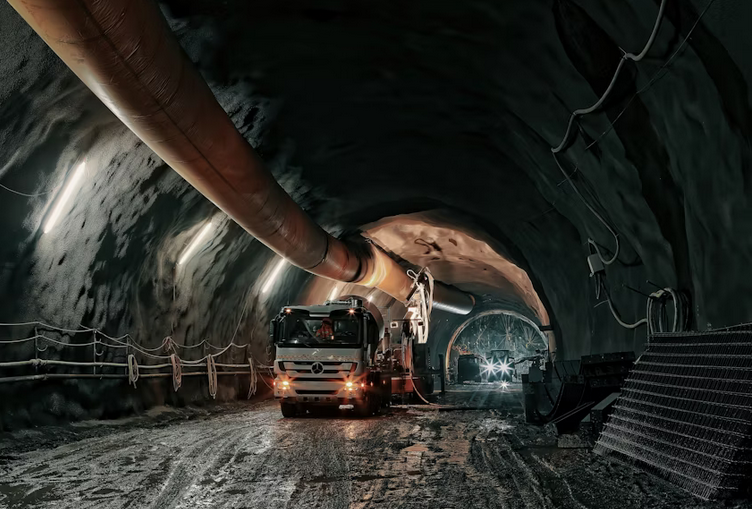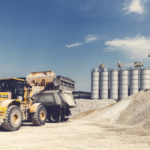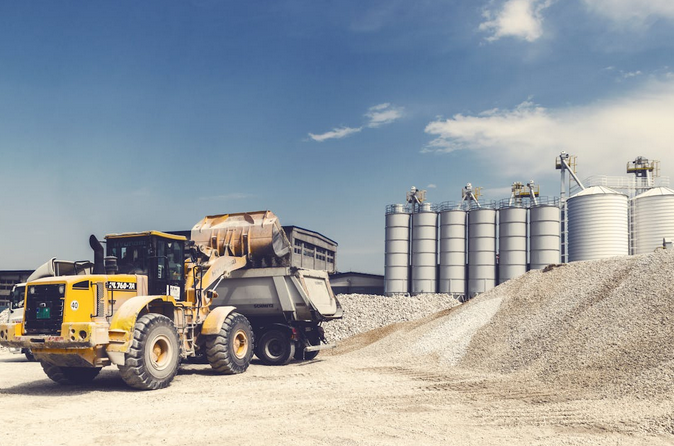Understanding Equipment Compatibility Across Mining Applications
In the mining industry, equipment compatibility plays a crucial role in ensuring smooth and efficient operations. When machines, tools, and systems work seamlessly together, productivity increases and downtime is minimized. Every mining company must carefully assess how its equipment integrates across various applications, from excavation to material transport and processing. Incompatible machinery can lead to costly breakdowns, reduced output, and safety risks. By prioritizing compatibility and investing in well-matched systems, mining operations can achieve greater efficiency, reliability, and long-term savings, which are key factors in maintaining a competitive edge in today’s demanding market.
The Matter of Compatibility in Mining
Mining equipment is built for specific tasks, but not all machines are meant to work together. When a truck’s load capacity does not match an excavator’s bucket size or when a conveyor belt cannot handle the material flow from a crusher, production suffers. These mismatches waste energy, cause breakdowns, and create safety risks for workers. Compatibility also affects efficiency. When systems are aligned, fuel use drops, cycles become shorter, and equipment lasts longer. Investing time in matching machine specifications and performance capacities saves money and improves productivity across the entire site.
Mechanical and Technical Compatibility
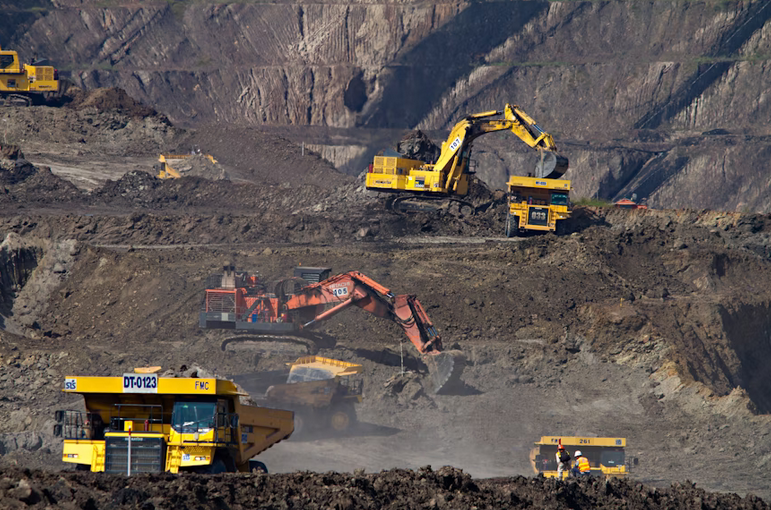
Mechanical compatibility focuses on physical and operational harmony. For example, the dimensions of loaders, haulers, and crushers must align to maintain a consistent flow of material. Mismatched components can cause spillage, equipment strain, or unbalanced loads. Standardizing models or selecting brands that integrate well together makes daily operations easier and safer. Technical compatibility involves software and data systems. Modern mining relies on automation, telematics, and remote monitoring. Machines that cannot communicate through a shared platform create data gaps and management inefficiencies. Choosing equipment that supports the same digital ecosystem allows for better coordination, improved diagnostics, and more accurate performance tracking.
The Role of Standardization and Brand Integration
Standardizing equipment from the same manufacturer often simplifies maintenance and logistics. Spare parts become easier to source, and mechanics need less training to work across multiple machines. However, relying on a single brand can limit flexibility and increase costs. Some sites prefer mixing brands to balance performance and budget, but this approach requires thorough compatibility testing. Today, many manufacturers are addressing this challenge by adopting open integration systems. These systems allow data sharing and control across different brands of machinery. For managers, this means greater freedom to choose the best equipment without sacrificing operational harmony.
Environmental and Site-Specific Considerations
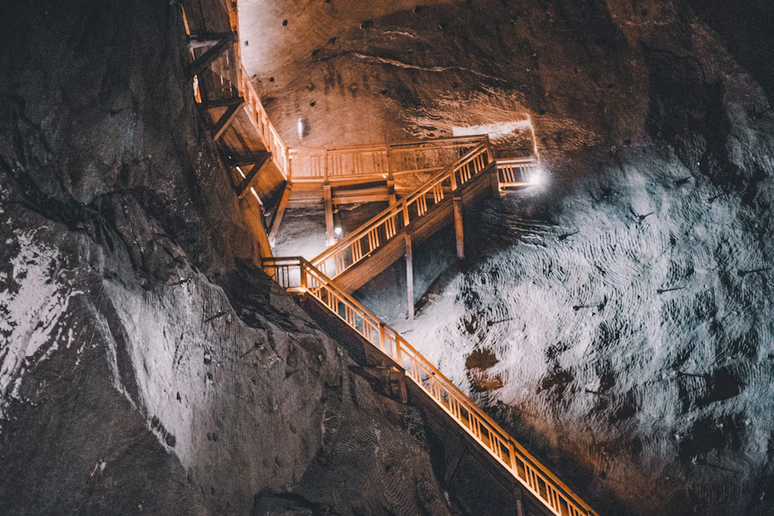
No two mining environments are identical. Factors such as terrain, material type, and climate influence which equipment combinations perform best. For instance, machinery that works well in open-pit mining may struggle underground, where space is limited. Similarly, equipment suited for hard rock extraction might not perform efficiently in softer soils. Site managers must assess their working environment before purchasing or pairing equipment. By testing compatibility under actual field conditions, you can avoid unexpected failures and fine-tune machine pairings for maximum output. Environmental awareness is key to maintaining consistent performance across diverse mining applications.
Long-Term Benefits of Compatible Equipment
A well-matched fleet brings consistent results and reduces long-term expenses. Compatible machines experience less mechanical stress and operate closer to their intended capacities. This extends their lifespan and lowers repair frequency. Improved communication between digital systems also supports predictive maintenance, reducing the chance of sudden breakdowns. Over time, equipment compatibility translates into stronger productivity, smoother operations, and better safety outcomes. It also gives site managers clearer insights into performance data, allowing them to make smarter investment decisions.
Understanding equipment compatibility is not just a technical matter; it is a strategic one. From mechanical design to digital communication, every element must align for a mining operation to perform efficiently. Compatible machinery reduces wear, saves fuel, and creates a safer working environment. Whether you operate a small quarry or a large open-pit mine, ensuring your equipment works together seamlessly is one of the smartest investments you can make.

